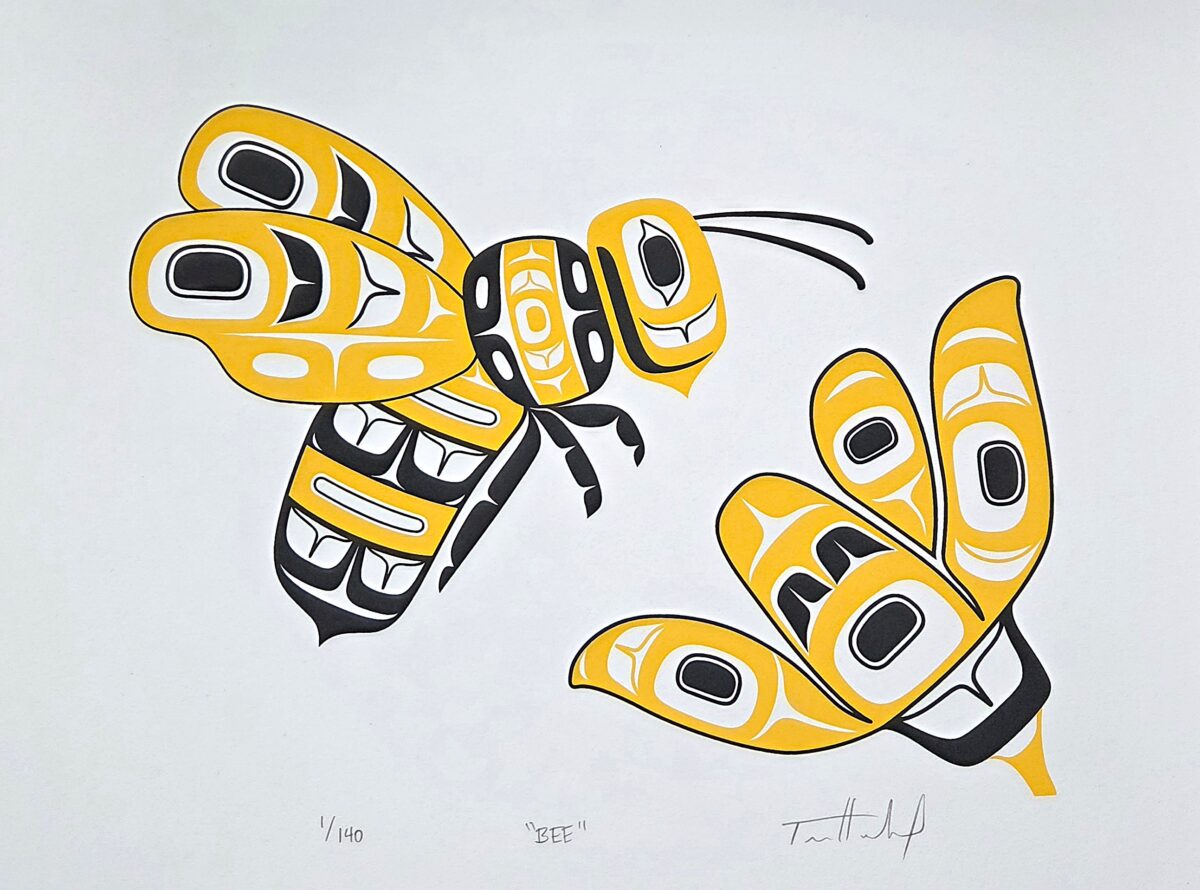Blog
October 31, 2025

Pollinators: The Foundation of Life
Pollinators like bees, hummingbirds, bats, and butterflies are the unsung heroes of our ecosystems. These small creatures play an important role in sustaining life on Earth. Around 75% of the world’s flowering plants and 35% of global food crops rely on pollinators for reproduction. Without them, we would lose not only fruits, nuts, and vegetables but also the wild plants that support wildlife and stabilize our ecosystems. But these vital creatu.... Read more >>
February 25, 2021

One of the most frequent motifs in Coast Salish art was also a tool of high cultural importance. The spindle whorl allowed Salish women to weave beautiful textiles of spiritual and social significance.
The spindle whorl was used to spin fleece into a thick yarn. It consisted of a small disk (whorl) with a shaft, inserted through a hole in the middle. The shaft was up to four feet long, or 120 cm, while the whorl was up to eight inches across, or 20 cm. The whorl was intricately carved from w.... Read more >>
October 29, 2019

From the Tlingit in Alaska to the Coast Salish in Southern British Columbia and Northern Washington; the Pacific Northwest is home to more than a dozen First Nations. It is an area of exceptional linguistic, cultural, and artistic diversity.
The brief discussion of Northwest coast art below outlines some of the major cultural art styles. For simplification, a number of Indigenous cultures have been grouped under one heading, as the artistic work of these cultures exhibits many similarities.
.... Read more >>
June 13, 2019

Ours was an abundant land. Our forests, meadows, creek sides, marshes and seashores offered many plants for our use. – Dave Elliott Sr., 1980

